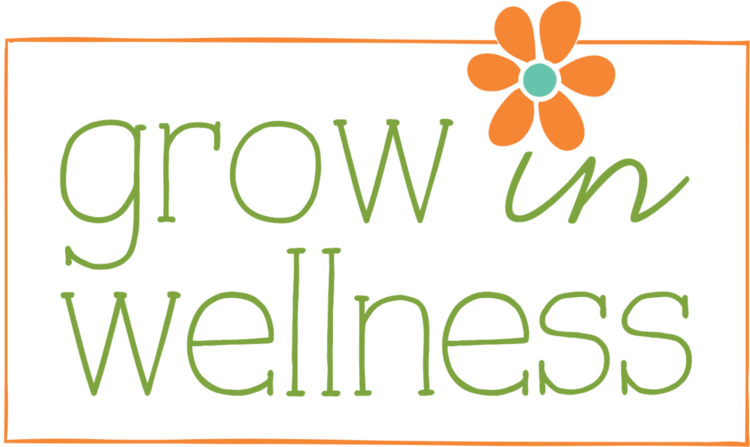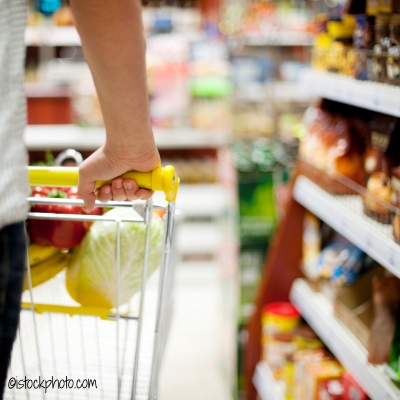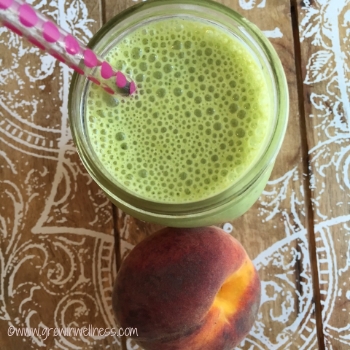As a Health Coach, I frequently observe that people might make big efforts to improve the foods they eat, but fall short when it comes to "everyday" products they use that are far from healthy. Most often this comes from not knowing what to look for on an ingredients list and believing the persuasive wording marketers put on the front of the label. I asked 50 people to send me photos of their refrigerators and pantries for “the Pantry Project”.
This project is designed to take some of the guesswork out of navigating the grocery store aisles and provides ‘swaps’ of healthier foods for the most common, nutrition-sabotaging items lurking in your kitchen.
Let’s start with focusing on your refrigerator. After analyzing dozens of photos, I was able to find a trend in improvable refrigerator items. Here are the top offenders… and healthier swaps to make the next time you shop. With these, or any packaged foods, you need to become an ingredients reader – don’t just read the nutritional facts or you won’t get the whole story!
Ways to Improve What’s in Your Fridge:
1. Yogurt – STOP buying fat-free, non-fat, 0% fat yogurts, those with high sugar counts and those lacking the presence of live active cultures. If you eat Yoplait, Danon, Activia, or generic store brands, then you need to make a change. Those brands are highly processed, have too much sugar, not enough protein and are lacking live active cultures in many cases
a. What to look for – double digit protein, low sugar (but not artificially sweetened!), live active cultures and 2% or whole milk.
b. What to Buy – ideally, a 2% or full-fat, plain Greek yogurt is your best bet for the right mix of protein, fat and low sugars. Sweeten yourself with fruit spread or raw honey. Look for these brands the next time you shop: Wallaby Greek, Fage, Stoneyfield Organic and Nancy’s Organic.
2. Salad Dressings – One of the biggest culprits for unwanted sugars, GMO-oils and other additives is bottled salad dressing. There were several appearances by Kraft, Wish Bone and Girard’s brand dressings in the pantry photos. None of these have ingredients that would pass the clean eating test.
a. What to buy instead – Well, for starters, try making your own, it is so easy! And there are dozens of recipes online. If you just can’t bring yourself to make your own, then reach for these brands: Tessemae’s (in the refrigerated section), Annie’s Organics, Lucini, Bragg’s or Organicville.
3. Condiments – there are many purists out there that swear by their Best Foods, French’s and Heinz bottles. It’s probably not news to you that those brands aren’t made from the best quality ingredients.
a. Ketchup is probably the biggest offender since high fructose corn syrup (or corn syrup) is on the ingredients list, so look for an organic brand like Organicville that has healthier ingredients.
b. Mayonnaise is loaded with calories, fat and salt and is better left in the jar. Instead, choose to enhance your sandwich with mashed avocado, olive oil, hummus, pesto or plain Greek yogurt that has been mixed with garlic and herbs. Yes, I’m nicely trying to say "ditch the mayo".
c. Mustards are one of those condiments that you can now find in a variety of flavors. Look for spicy mustards, seeded mustards and garlic mustards to enhance the foods you eat so you won’t miss the mayo.
d. Jams and Jellies – You know these are just sugared up fruit, right? There are higher quality options out there that are better for you than Welch’s and Smuckers. Choosing spreadable fruit (with no added ingredients) is optimal. Recommended brands include Crofter’s Organic, St. Dalfour and, Bonne Maman (in a pinch).
e. Peanut and Almond Butters – choose brands with only nuts and salt on the label. No sugar, no hydrogenated or soybean oils… simply nuts and salt. Do not stop reading when the front of the label says “natural” – look at the ingredients list. Even my favorite brands make a version with sugar, so proceed with caution. Choose: Justin’s, MaraNatha or 365 Brand (Whole Foods).
4. Eggs – this is probably a very confusing product for most people. Let’s make it simple: chickens are not vegetarians, so eggs from vegetarian fed chickens means chickens are not being raised in their natural environment. Look for pastured (not pasteurized!) eggs. That means chickens have been out in the pasture eating bugs along with their feed and in return produce a bright orange yolk, not a pale yellow one. That’s where most of the nutrients are. Organic, pasture raised eggs contain more vitamin A, E, Omega-3 and beta-carotene than non-pastured eggs and they have been shown to have less cholesterol. Don’t be fooled by the terms “cage free”, “free range”, etc., pastured is key.
a. Look for: Vital Farms eggs, check out your local farmer’s market or ask your grocery store if they sell pastured eggs.
5. Milk and Cheeses – This food group could be its own blog topic so for now I’ll simply say choose organic (from grass fed cows whenever possible) and when organic is not available, be sure to choose milks and cheeses that are marked ‘from cows not treated with rBST or rBGH’(recombinant bovine growth hormone).
6. Butter – the best butter you can put in your body is that from grass fed cows. And that means slim pickings (sorry!) as far as brands are concerned.
a. Why grass fed? Butter from grass fed cows gives you important omega-3’s, vitamins A, E and K.
b. Choose: Organic Valley, Kerrygold
7. Pancake and Waffle Syrup – this is the simplest of categories for me to help you clean up. If your syrup does not say 100% real maple syrup, then it’s just a container full of artificial flavor, highly processed sugar (high fructose corn syrup, corn syrup) and fake ingredients like caramel color and hexametaphosphate. The real stuff is not full of chemicals, is minimally processed and actually has nutrients present like iron and calcium. Plus, it tastes like maple syrup should- delicious.
a. Choose 100% real maple syrup. No other ingredients on the label. The darker the color, the stronger the flavor.
Whew, that’s a lot for one day! But all the little things add up to big things and that can make a difference. The brands I mentioned might not be available in your area so start reading ingredients lists to find brands that have simple, whole ingredients that you can pronounce and recognize. You can also try Thrive Market (link on sidebar) for wholesale prices on some of these items. If you find brands that make the grade, other than what’s listed here, let me know. In the mean time, just start replacing your not-so-hot fridge products a little at a time and before you know it you’ll have a “cleaner” refrigerator!







